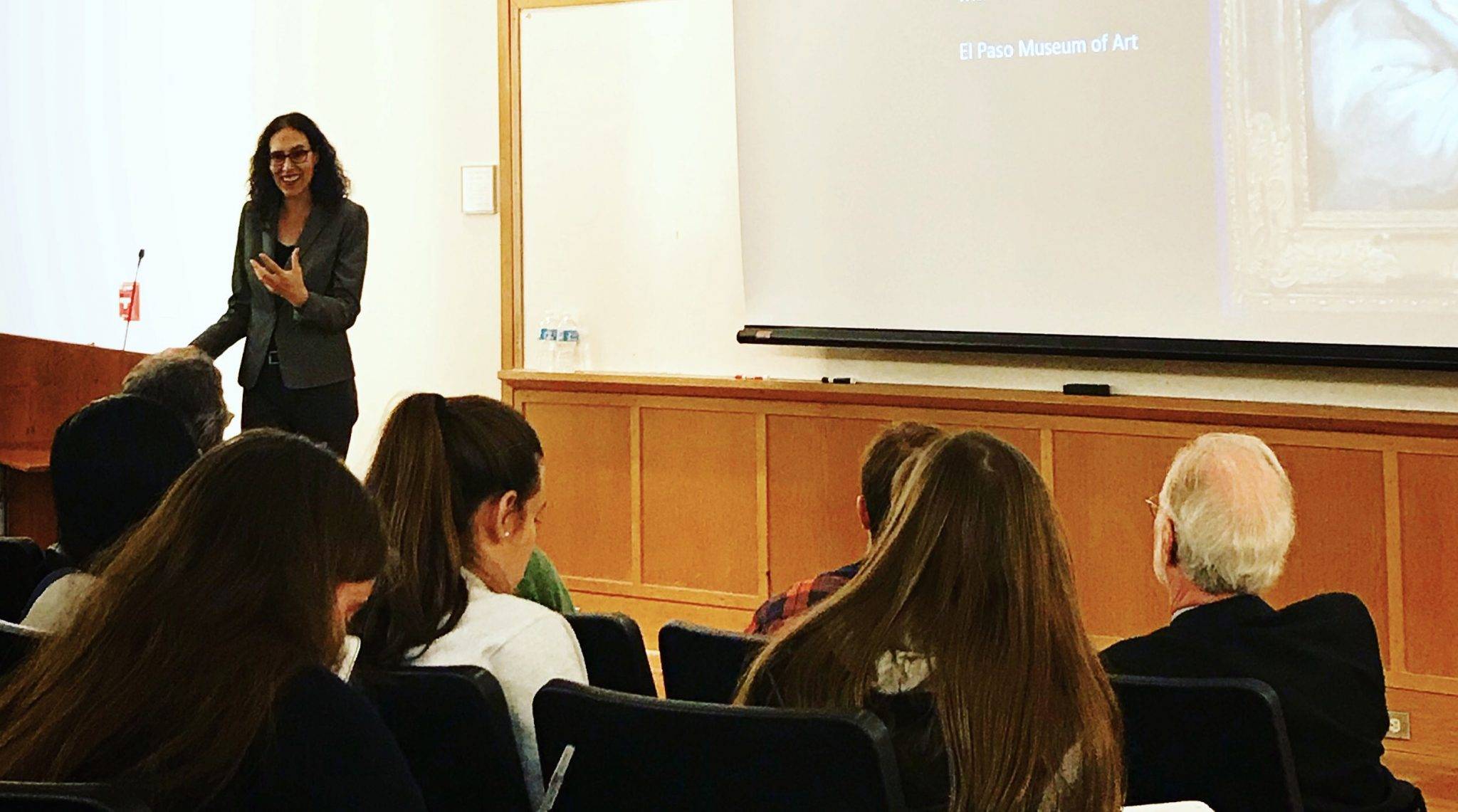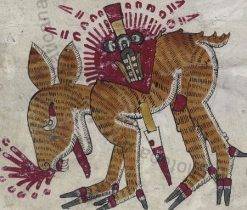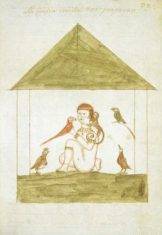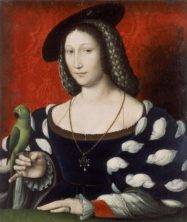On October 3, the Colgate History Department welcomed special guest Marcy Norton for the annual Douglas K. Reading Lecture. Persson Auditorium was packed for the occasion. The subject of Norton’s lecture, “Taming the Wild: Animal Familiarization in Greater Amazonia, 1492-1700,” was human-animal relations, colonialism, and science. She will soon publish a book on this topic with Harvard University Press.
Norton began by introducing animal familiarization, or taming. She first came across this topic 10 years ago when she decided to write a book about humans and animals after 1492. She started by reading treatises about hunting in Europe and began to notice a discrepancy between the way animals were objectified through livestock husbandry, and the way they were viewed as fellow subjects in the aristocratic hunt.
Finding this difference intriguing, Norton moved on to studying the Native American side of the equation. Descriptions of indigenous people taking animals from the wild and taming them continued to come up in Norton’s early research. For example, in Columbus’ diary she found that when Columbus made landfall in 1492, the Europeans presented the islanders with gifts. In response, the islanders brought them tamed parrots and the Europeans were overjoyed. This prompted a question for Norton: did the local inhabitants really have a ready supply of trained parrots?
This account was just the tip of the iceberg of animal familiarization. One of Norton’s favorite descriptions of a familiarized animal came in the form of a manatee, captured by an Indigenous noble and put in a small lake. The manatee was given a name, allowed to live in the lake for many years, and ate out of the noble’s hand. This case contained many elements of animal familiarization that recurred in Norton’s research: feeding a wild animal, giving it a name, and giving it its freedom.
As glimpses of these tamed animals poured out of her sources, Norton noticed that Europeans in Amazonia began to take on these indigenous habits of animal taming, engaging in the trade
of tamed animals, and having them appear in European art. At the same time, she noticed that indigenous habits were also influenced by European traditions of hunting and animal husbandry. Thus, European and indigenous modes of interaction with animals became increasingly intertwined throughout this period.
Norton was elated when she found a name for this practice of animal taming, which came in the form of the indigenous term “iegue,” defined as an animal that one feeds. When she began reading modern ethnographies, she was also excited to discover that this phenomenon had been noticed before and was called “predatory familiarization.” These more recent ethnographies influenced her to change her terminology from animal “taming” to “familiarization.” The lecture closed with an intriguing statement put forth by Norton, which suggested that we did not arrive at the modern meaning of “pet” without the history of the “iegue.”
The Colgate History Department looks forward to bringing more distinguished speakers to campus in the future and, as always, hearing from history students and faculty about people we might invite.
Written by Karrie Spychalski, Class of 2019.




